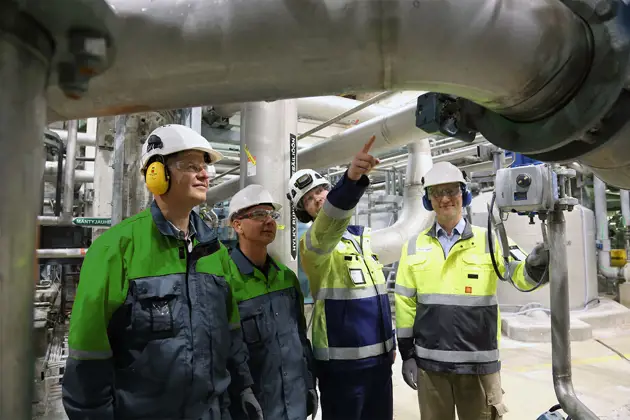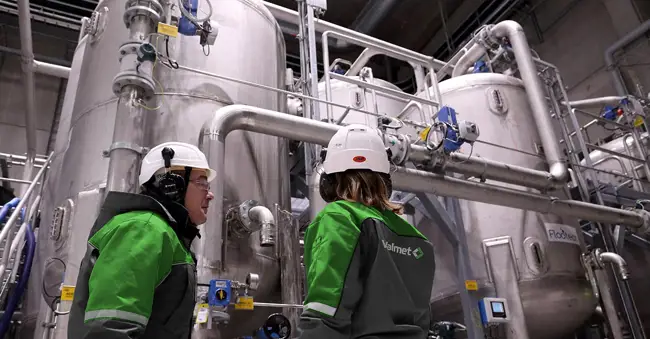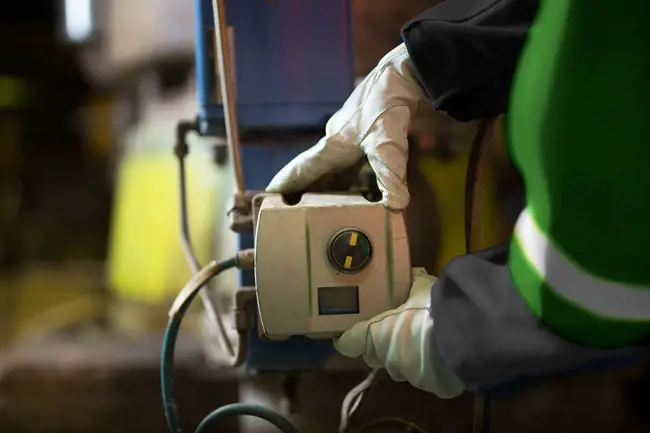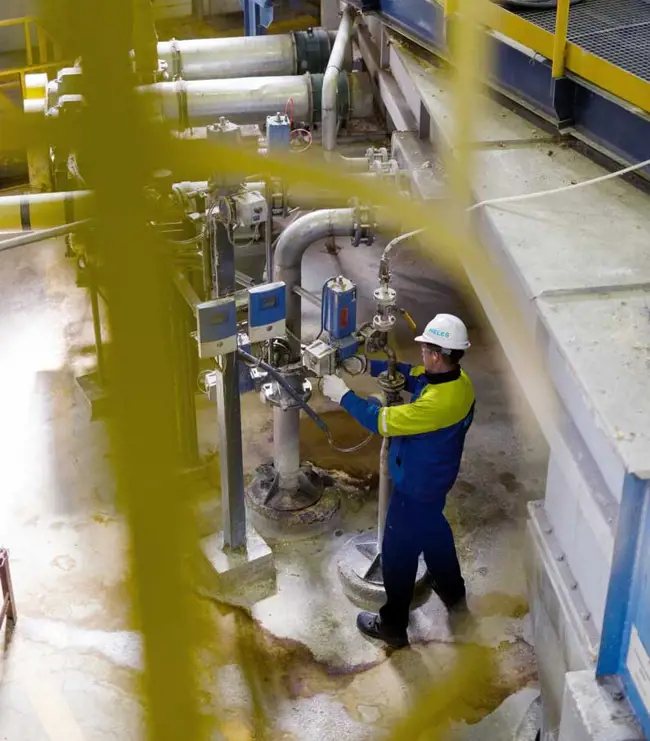Asset condition management is not a new topic – it’s a new point of view. Instead of merely monitoring a valve or other devices, asset condition management captures the big-picture information and consolidates all improvement processes to help maintain highly reliable plant assets.
The challenges many plants face today
Unfortunately, many plants don’t have the resources or the skills needed to manage asset condition data competently. For example, some plants outsource a lot of low-level or expert-level skills and instead rely on mid-level personnel to keep the plants running. As a result, the plants typically don’t have the people they need to utilize the condition monitoring data.
What’s more, some plants possess smart devices and controllers. Often, though, these tools and their parameters haven’t been set up properly, or the tools may not even be connected to DCS systems. So, many plants have a lot of data on their devices, but are not able to utilize it. Or they are missing the know-how to interpret and act on alarms.
In these situations – whether a plant is under-resourced or lacking the right device configuration – it is difficult to manage data and therefore challenging to identify problems and make decisions to implement the right changes.
After all, asset condition management data is extremely valuable. With it, plants can identify and fix problems before there’s a serious failure. Doing so not only increases safety levels but also saves the plant money, simplifies resource maintenance activities and facilitates lifecycle planning.
If plants don’t have the resources to confidently implement asset condition management, they can turn to others who do.
The value is in the data
In practice, information is constantly being collected, such as the setpoint or position of a valve, temperatures, pressure, vibration or other metrics. There is a huge amount of data from different sources. Yet it’s only useful when you know how to pick and choose the right data and connect it to the right application and asset. Then, it becomes information. And when you share that information, it turns into knowledge that drives decision-making and the eventual implementation of the right asset condition management solutions.
Using comprehensive asset condition management helps us to decide which assets to monitor. To do so, we look at how critical the asset is to a specific process as well as the plant in general. We consider what is the risk of failure. We consider what would be the impact of an asset failure on a process or a plant, as well as what kind of costs are involved, to make the right decisions for corrective action.
How we support you with asset condition management
Our customers can determine the importance of an asset from the process point of view.
Still, you can turn to us for help, relying on our years of expertise. For example, we know the lifecycle process of customers’ assets. We know condition monitoring – basing our product knowledge on over 40 years of experience – and we’re constantly improving our processes.
The industry has changed a lot over the years. There’s been a strong shift from analog to digital. The old analog way required a lot of personnel, while now computers save on resources. Now, there are fancy sensors, one for everything. So, while plants are not lacking in data, they are lacking in the resources and personnel needed to understand that data on a deeper level.
Throughout the years, we’ve been developing know-how in the condition monitoring of assets. Traditional analog and visual knowledge, combined with today’s digital expertise, give you a powerful tool.
We’ve learned a lot about our customers’ processes and valve behavior over these years. We have the skills and understanding. We know the design of our products from the start. And can combine the traditional ways with AI and digitalization for the best results because all the details matter. What’s more, our capability to read condition monitoring information allows us to put that into an understandable format for you.
Overall, we’re there to serve you – and make sure you get the best reliability from your assets.
Text originally published in 2020, and slightly updated in April 2022, due to the company name change to Valmet.



